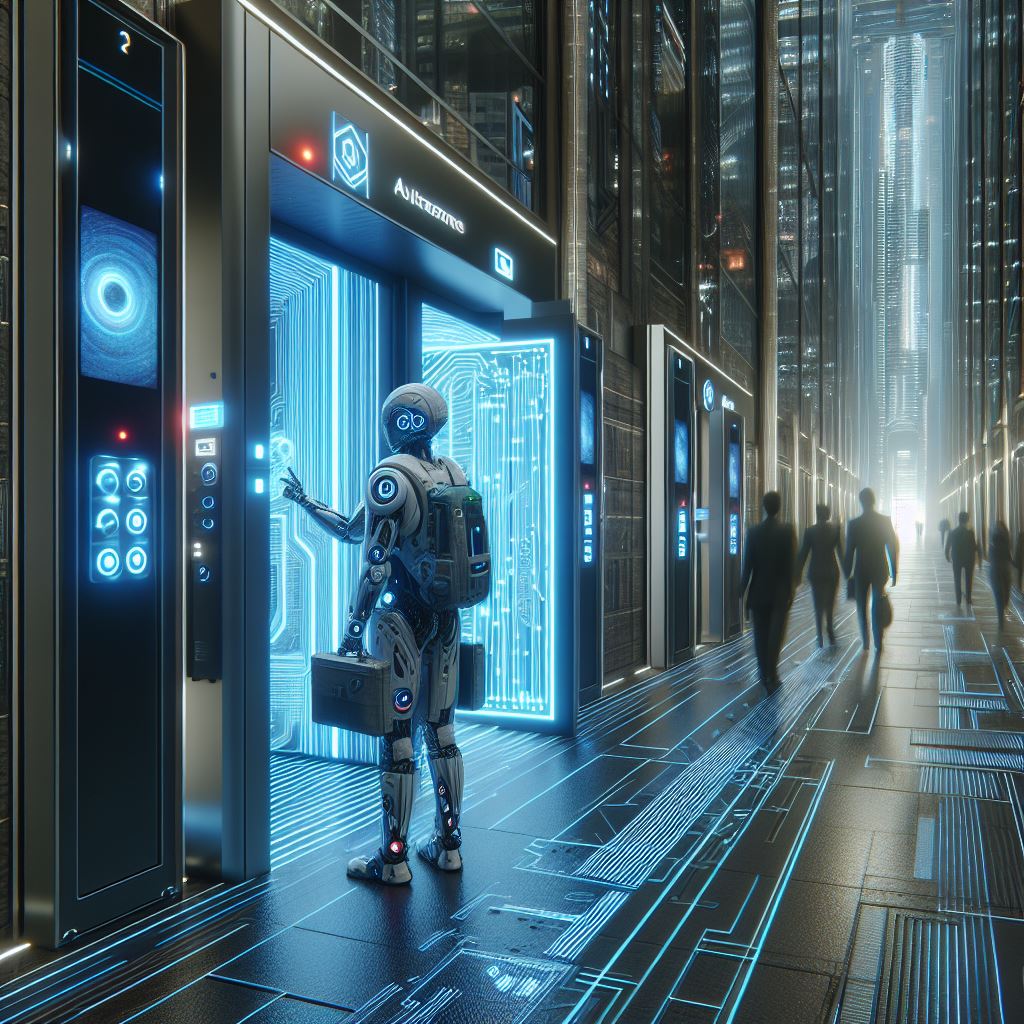The Future of Access –The Latest Technological Advancements
The world of access control is going through a significant transformation, driven by rapid technological advancements. In this blog post, we’ll explore the latest trends and innovations that are shaping the future of access control systems.
The Integration of Digital Technology and Physical Security
One of the key trends shaping the future of access control technology is the merging of Digital Technology and physical security. This holistic approach is driven by the incrementation of IoT devices, leading to more efficient operations and stronger security across organizations. This integration removes redundancies, improves response times, and facilitates greater automation across platforms.
Touchless Entry and Access Technology
Touchless access control is increasingly becoming a standard in public and commercial spaces for safety and convenience. Especially after the Corona Pandemic, The use of smartphone apps, sensor technology, and biometric identification, like facial and palm recognition, are at the forefront of this trend. These methods not only enhance security but also offer a seamless user experience
AI and Machine Learning in Access Control
Artificial Intelligence (AI) and Machine Learning (ML) have brought upon a digital renaissance in access control solutions. AI integrated platforms can predict and anticipate potential security breaches by analyzing patterns and flagging inconsistencies. This predictive intelligence facilitates rapid response to security incidents. AI also plays a significant role in video surveillance, moving from passive monitoring to dynamic, interpretative monitoring.
Multi-Factor Authentication (MFA)
The utilization of MFA is a response to increasingly smart hacking techniques. By requiring multiple forms of verification, MFA significantly enhances security, making it more difficult for unauthorized access using cloned credentials or passwords.
Smart Automation and Analytics
Advancements in AI analytics have led to a demand for automated access control processes. This automation reduces manual management of access rights and integrates with business intelligence analytics, providing valuable insights for smarter business decisions.
Zero-Trust Security Model
The zero-trust security model is becoming indispensable in access control. It operates on the principle that trust is never implicit and must be continuously earned and verified. Features like continuous authentication, least privilege access, and micro-segmentation are central to this model, enhancing overall security.
Wireless Solutions
The introduction of wireless solutions has simplified the modernizing of existing security systems. These solutions, including wireless readers and battery-powered door locks, reduce installation costs, minimize disruption, and offer easy scalability
Emergency Preparedness and Flexible Workspaces
Modern access control systems are equipped with features for emergency preparedness, like lockdown capabilities and real-time notifications. Also, in the era of flexible workspaces post-COVID, access control systems are adapting to support dynamic physical access control, including remote access management and many more.
The advancements in access control technology are not only enhancing security but also reshaping how businesses and organizations manage access. By staying informed and embracing these new technologies, companies can ensure their premises are secure and adaptable to the evolving landscape.


